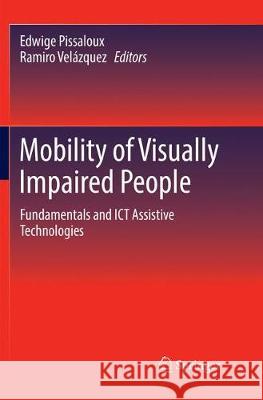Mobility of Visually Impaired People: Fundamentals and Ict Assistive Technologies » książka
topmenu
Mobility of Visually Impaired People: Fundamentals and Ict Assistive Technologies
ISBN-13: 9783319853949 / Angielski / Miękka / 2018 / 652 str.
Kategorie:
Kategorie BISAC:
Wydawca:
Springer
Język:
Angielski
ISBN-13:
9783319853949
Rok wydania:
2018
Wydanie:
Softcover Repri
Ilość stron:
652
Oprawa:
Miękka
Wolumenów:
01











